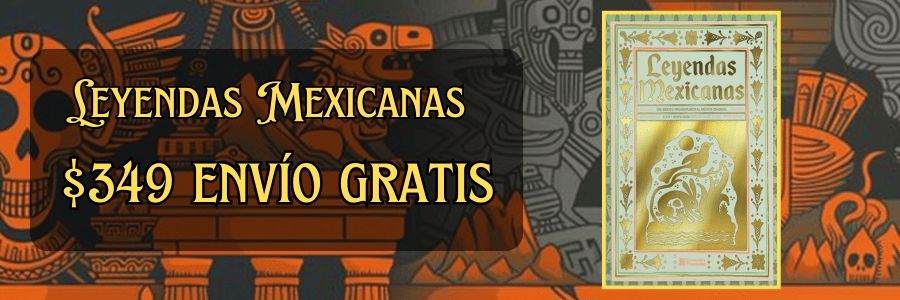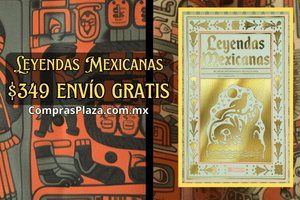Maya Pottery: Art, Function, and Symbolism
Maya pottery is a remarkable testament to the ingenuity, aesthetic sensibility, and cultural richness of the ancient Maya civilization. Flourishing in Mesoamerica, predominantly in present-day Mexico, Belize, Guatemala, and Honduras, the Maya were well-known not just for their architectural achievements and astronomical understanding, but also for their intricate ceramics. These pots, bowls, and figurines encapsulate a multi-layered narrative of the Maya life, encompassing art, function, and symbolism, and are considered one of the essential forms of material culture from this ancient civilization.
From the Pre-Classical period (approximately 2000 BC to AD 250) to the Post-Classical period (approximately AD 900 to the arrival of the Spanish in the 16th century), the evolution of Maya pottery mirrors the dynamic history of the Maya people. The early pottery was quite utilitarian in nature, with basic designs that reflected the everyday lives of the inhabitants. However, as the Maya civilization progressed into the Classic period (AD 250 to 900), the pottery became increasingly sophisticated, incorporating elaborate designs, complex forms, and varied functions. This evolution marks a significant development in their ceramic tradition and reflects their cultural and social organization.
The pottery was fabricated using locally sourced clay, which was shaped by hand and then fired at relatively low temperatures. The result was a porous material that lent itself well to the thick, vibrant slips and paints that the Maya applied. One of the noteworthy aspects of Maya pottery is that it not only served as container ware but was also heavily imbued with artistic expression. Artistic techniques such as painting, incising, and slip application allowed the artisans to create stunning visuals. For instance, during the late Classic period, a blackware pottery tradition emerged alongside the polychrome aesthetic. Blackware showcased sleek finishes reflecting light, while polychrome typically featured bold colors and intricate motifs.
The endeavor of pottery-making was not merely a craft; it was an integral part of ceremonial life among the Maya. Pots were used in rituals, food preparation, and storage, possessing a significant place in the domestic sphere. The jars, bowls, and dishes could be found in the homes of the elite and commoner alike. While everyday items were more functional, elite pottery took on sophisticated forms and complex symbolism that shed light on the status and beliefs of the owner. This duality between utility and ornamentation is a hallmark of Maya pottery, illustrating how art was inviting and accessible while simultaneously holding deep cultural significance.
Symbolism plays a critical role in understanding the thematic aspects of Maya pottery. Iconographic studies have revealed that many pottery designs reflect cosmological beliefs, social hierarchies, and mythological narratives. For instance, motifs of deities, animals, and plants often intertwined with human figures conveyed stories of creation, religion, and social order. Pottery was commonly used during ritual ceremonies, where specific designs had significant implications for the spiritual beliefs of the community. These design choices often mirrored the intimate relationship that the Maya had with their surroundings and the natural world. Animals like jaguars, birds, and snakes, each held symbolic meaning and were often depicted on ceremonial vessels celebrating agricultural cycles, fertility, and nature as a whole.
Furthermore, the Maya utilized pottery to embody their conception of time and destiny. The intricate calendar system that governs the lives of the Maya is also mirrored in their ceramics. For example, certain vessels were crafted to mark important life events, such as births, marriages, and deaths, further entwining the art of pottery with the fabric of social existence. They understood the creative potential of clay not just as a medium for aesthetic production but as a vital link to their ancestral past, beliefs, and future aspirations.
The socio-political context is essential for understanding how pottery functioned within Maya society. Pottery was sometimes employed as a medium for social negotiation or to depict political power. The decoration of ceramics could indicate allegiances, social status, and the wealth of individuals or families. In archaeological findings, large caches of pottery often reveal the social stratification of a society wherein certain styles and materials were reserved for the elite, while simpler versions were mass-produced for broader use. Thus, pottery can also offer insight into the complexities of Maya governance and the socio-political dynamics of various city-states.
Archaeological evidence underscores the diversity in pottery styles across different regions inhabited by the Maya at various points in their history. The types of clay, firing methods, and decoration techniques often varied markedly, indicating localized practices and cultural preferences. For example, the pottery found in the highlands of Guatemala is often renowned for its intricate polychrome designs and vivid representations of mythology, while coastal regions might showcase simpler, utilitarian wares reflecting their lifestyle and resources.
The study of Maya pottery continues to provide vital insights not just into their artistic expression but also into their subsistence patterns, trade relations, and environmental interactions. The use of clay could also imply relationships of exchange, as certain pottery types became signature exports, traded for precious goods across Mesoamerican societies. In this way, pottery is not just an artifact but serves as a record of a people’s interactions with their environment and each other, establishing a web of commerce and culture across diverse groups.
Moreover, the contemporary interest in Maya pottery has sparked a resurgence of traditional pottery-making within modern Maya communities. Efforts to revive ancient techniques and styles are often entwined with cultural reclamation and pride. Modern artisans draw inspiration from historical designs while infusing new interpretations. As such, the legacy of ancient Maya pottery endures, resonating across generations and allowing for the continuation of traditional practices even in the context of globalization.
The examination of pottery also aids in the understanding of cultural shifts within the Maya civilization, particularly during periods of upheaval or decline. The archaeological record indicates changes in pottery forms and styles corresponding to significant historical events, population migrations, and socio-political shifts, thereby providing insight into the resilience and adaptation of the Maya community in the face of challenges.
Furthermore, the marketing of Maya pottery today engages with issues of authenticity and cultural representation. As tourism expands across Mesoamerica, unique pottery styles are commodified, prompting a complex dialogue about cultural heritage preservation versus commercial exploitation. This intersection between ancient artistry and modern economic realities speaks volumes about the continuity of Maya identity.
In conclusion, Maya pottery is an intricate tapestry woven from the threads of art, function, and symbolism. It represents the marriage of practical necessity with profound cultural expression. Examining these ceramic artifacts allows for a multilayered understanding of the Maya civilization, revealing a society in which pottery encapsulated everyday life, religious belief, and social structure. From humble vessels crafted for daily use to elaborate ceremonial pieces adorned with deities and narratives, the artistry of the Maya not only sheds light on their past but continues to influence future generations, as the stories encapsulated in clay resist the ravages of time and remain a vibrant facet of Maya identity.
Explore More:
| How the Mexican Revolution Changed the Role of the Catholic Church |
| Education and Schools in Colonial Mexico |
| Women’s Rights in Mexico: Progress and Struggles After the Revolution |
| How the French Invasion of Mexico Impacted the Mexican Monarchy |
| The Artistic Legacy of Mexico’s Colonial Period: From Paintings to Sculpture |
| The Role of Oil in the Development of Alternative Fuels |
| How Mexican Artists Are Reimagining Their Cultural Roots |
| The Artistic Expression of Mexico’s Indigenous Communities |
| The Role of the Chichimeca in the Silver Mining Boom of Zacatecas |
| The Diplomacy of the French Intervention: Letters and Treaties |



